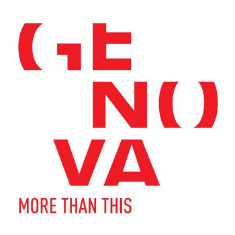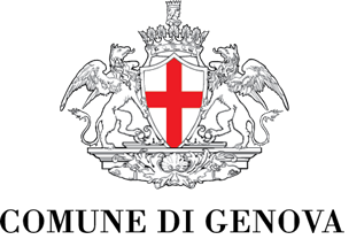Click here to view image
Portrait of Christopher Columbus and Amerigo Vespucci
Riva Giuseppe, Conte 05/02/1905 - donazione
ambito italiano
painting
1541 - 1610 - XVI- XVII
3467
Unità di misura: cm; Altezza: 21; Larghezza: 65
olio su tela
Why was the American continent named after Amerigo Vespucci, even though its discovery is commonly attributed to Christopher Columbus? First of all, it must be said that the accusations levelled at Vespucci for so long – he was long considered a fraud and a vain man who had stolen Columbus' glory – are unjustified. Even the number of his voyages to America has been falsified: not four, but two, in 1499 and 1501. He never tried to take credit for the discovery. In fact, at first, Vespucci, like Columbus, believed that the lands he discovered were part of Asia.
Amerigo Vespucci was born in 1454 into an ancient Florentine family and received an excellent humanistic education. At a very young age, he entered the commercial house of the Florentine banker Lorenzo di Pier Francesco de' Medici, who organised Spanish and Portuguese overseas expeditions. At the end of May 1501, he undertook an expedition on behalf of Portugal. After reaching the extreme southern latitude reached on his first voyage, he continued along the continent towards the south-west, reaching the strait later discovered by Ferdinand Magellan. In July 1502, he was back in Lisbon. This voyage was the most significant, revealing to the navigator the unexpected existence of a New World. In fact, Vespucci had sailed along a mainland at a latitude so far south that it had never been reached even by other Portuguese navigators, who had already circumnavigated Africa and reached India: hence the idea of an independent continent, which he became the proponent of. Rectangular oil painting on canvas, with a gilded frame. The bust portraits of the two navigators are inserted into two ovals on the canvas, while cherubs hold the symbols of the great navigators in their hands.


